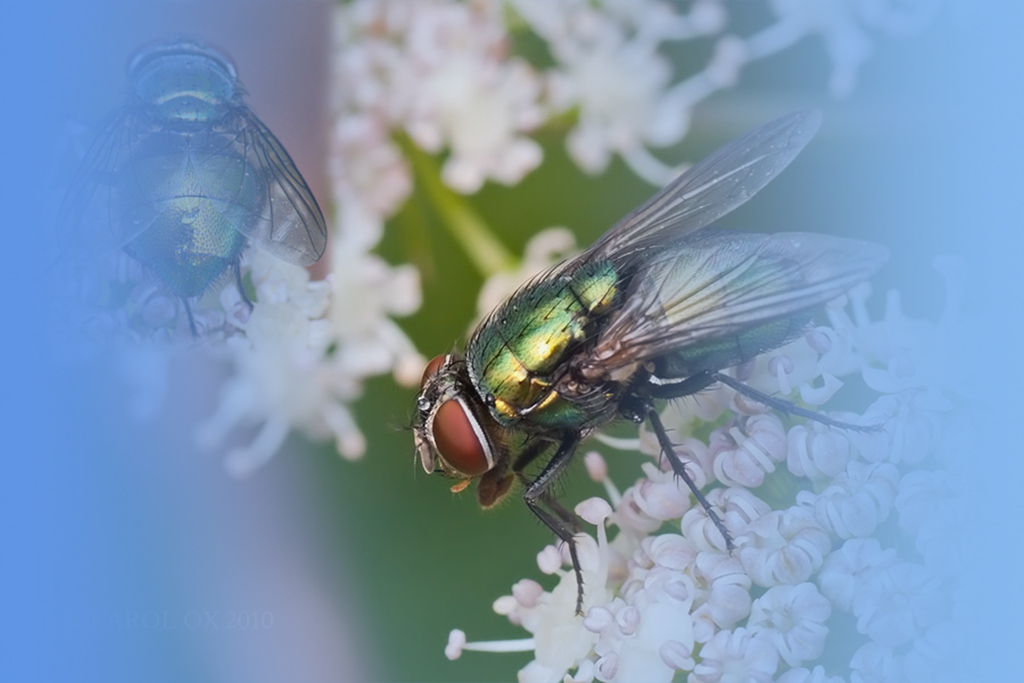QUAN Shou-Ying, YUE Ren-Ping, ZHANG Li-Yun, LIAN Hong-Yu, ZANG Ying-Hui, BIAN Chang-Ling, LI Dong, JU Jun-Ke, GONG Zheng-Da
Chines Journal of Vector Biology and Control. 2010, 21(1): 16-22.
Objective To present the composition and spatial distribution patterns of small mammals in Hengduan Mountains, a mountainous area in the southwest of China. Methods Based on previous serial investigations of small mammal fauna, the data of the composition and spatial distribution of small mammals were collected and statistically analyzed. The investigated areas covered from north latitude 21° up to 29°, including eight latitude zones which were denoted as Ⅰ-Ⅷ and altitude from 100 to 5000 meters, including nine altitude zones denoted as A-I, in Hengduan Mountains (west of Yunnan province). Results The small mammals identified were composed of 187 species (subspecies), 58 genera, 11 families, 5 orders in Hengduan Mountains of Yunnan. The richness distributions of small mammals in species, genera and families along the latitudinal gradient revealed that there were 44 species, 30 genera, 9 families in zone Ⅰ; 57 species, 33 genera, 9 families in zone Ⅱ; 74 species, 38 genera, 9 families in zone Ⅲ; 93 species, 43 genera, 9 families in zone Ⅳ; 101 species, 43 genera, 10 families, in zone Ⅴ; 91 species, 39 genera, 9 families in zone Ⅵ; 102 species, 40 genera, 11 families in zone Ⅶ; 67 species, 35 genera, 11 families in zone Ⅷ. A gradual increase followed by a gradual decrease was noticed in the species and genera richness distribution as the latitude increased, the peak at 24°N-27°N(the mid-latitude zone). The richness distributions along the altitudinal gradient showed 54 species, 28 genera, 8 families in zone A; 90 species, 41 genera, 9 families in zone B; 102 species, 37 genera, 9 families, in zone C; 101 species, 41 genera, 10 families in zone D; 94 species, 35 genera, 9 families in zone E; 76 species, 33 genera, 9 families in zone F; 58 species, 29 genera, 9 families in zone G; 28 species, 15 genera, 8 families in zone H; 7 species, 5 genera, 4 families in zone I. A U-shaped pattern could be observed in the species and genera richness distribution, with the peak at about 1500-3000 m (mid-altitude zone). Conclusion Varying composition and distribution of small mammals were observed at different latitude and altitude zones in Hengduan Mountains, with relatively greater species richness seen at the mid-latitude and mid-altitude zones.



